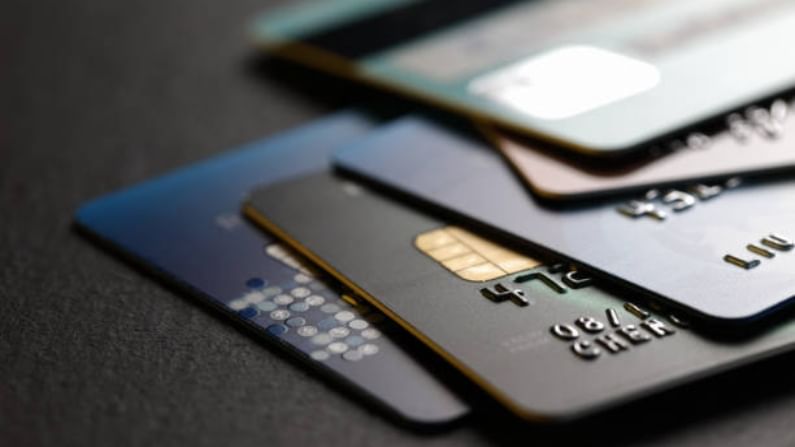EMIs on credit cards: Nine facts to be aware of
Credit card issuers allow users to convert their entire bill, or, a part of it, into EMIs for a comfortable tenure
- Ankur Sengupta
- Last Updated : June 24, 2021, 17:22 IST

People often use credit cards to pay EMIs on loans. One can also convert any outstanding credit card amount into EMIs.
But one should keep nine important points in mind when adopting this route. Otherwise, the financial burden can be very high since credit card companies generally slap 30%-35% annual interest on the outstanding amount beyond the due date.
It is, therefore, prudent to pay credit card dues in time, advise experts.
Convert outstanding amount to EMI
Those who cannot repay credit card bills by the due date can convert their entire credit bill, or a part of it, into EMIs, depending on their immediate repayment capacity. Since the interest rate of such EMI conversions is much lower than the entire payment at one go, it would reduce the immediate interest burden.
Duration of EMI
The tenure of such EMIs can range anywhere between 3 months and 60 months depending on the outstanding amount and card issuer. One can choose EMI tenures based on his/her affordability.
This EMI option allows you to repay the unpayable bill component in smaller tranches while avoiding adverse impact on credit scores. But the same rate of interest would be charged on the outstanding amount.
Card balance transfer to EMIs
Many credit card issuers offer the facility of EMI conversion on credit card balance transfer. This option allows you to transfer the outstanding credit balance of a credit card to another credit card issued by a different card issuer and then convert the transferred balance into EMIs.
Conversion of select transactions
This option allows card users to convert transactions beyond a pre-specified threshold amount set by the card issuers into EMIs. Exercising this option can be beneficial for those who wish to convert only specific card transactions, especially the big-ticket ones, into EMIs.
Payment delay
Converting the credit card outstanding amount into EMI is a good option but if anyone fails to pay the dues in time then huge interest charge will be levied on the amount, the interest rate is upwards of 30%. If anyone misses a single EMI then the burden would be huge.
Processing fees, pre-closure charge
Every public sector bank or private bank charges a hefty amount of processing fee and pre-closure fees in case of EMIs. The fees vary between 2% and 4% depending upon the EMI amount, tenure and the bank’s term and condition.
Go through these regulatory charges before converting any outstanding or balance into EMI.
Interest-free period
There is an interest-free period on credit card purchases, which can even go up to 45 days. To avail this benefit, the outstanding amount has to be nil.
So, if you roll over certain amount to next month’s billing, there’s no interest-free period on the new purchases. Try not to use more than 70% of your total card limit. But for EMI this interest-free period is not very important.
Impact on credit history
Credit card records and history are shared by banks with the credit bureaus in the country. Irregular re-payments may impact your credit score negatively. If you fail to pay one or two EMIs it might impact your credit score and you might be denied a loan in future.
Avoid cash withdrawal
When paying an EMI of a loan, do not think of withdrawing cash from ATMs. Cash withdrawals on your card do not come with an interest-free period. There could be a one-time fee plus huge interest charges that start from day one till you repay the amount.
The market
According to RBI data, until September 2020, the total outstanding loan on credit card in India stood at around Rs 1.1 lakh crore.
SBI Cards & Payments, the second-largest card issuer in the country, has witnessed its gross NPA doubling to 4.3% in the first two quarter of FY21.
The overall credit card business has registered a negative growth of 3% in the first six months of 2020-21, compared to 10% growth in the corresponding period last year.
Download Money9 App for the latest updates on Personal Finance.
Related
- PhonePe vs. GPay: Indian digital payment giants up for a tussle
- Why are e-comm users turning extra cautious? How to avoid dark pattern attacks?
- Worst deposit crunch in 2 decades, RBI urges banks to explore new ways to increase deposits
- Microsoft Global Outage: What led to the ‘Blue Screen of Death’?
- Save your card from getting cloned!
- Project Nexus: A UPI-like platform for cross-border payments

